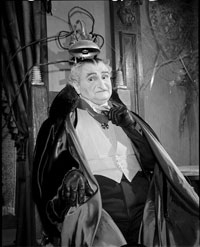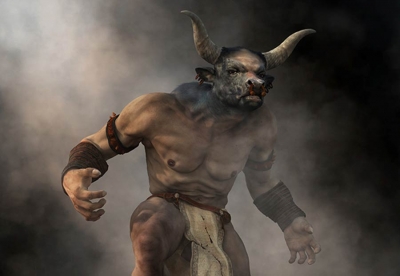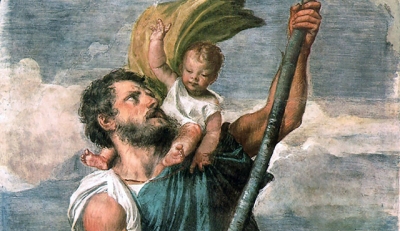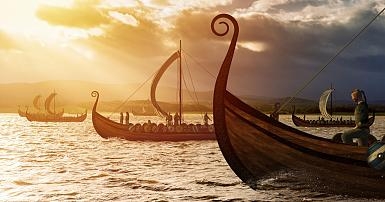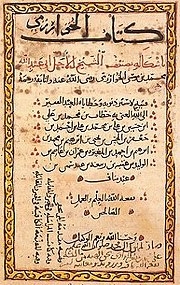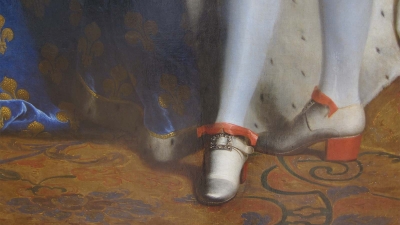Did unicorns ever exist?

The unicorn was a mythical beast that for centuries was believed to exist. The horse with a single horn in the middle of its head was used on coats of arms. Even today it is still a popular design symbol.
In the past people finding the long spiralled tusk of the narwal (sea unicorn) might have thought it belonged to a unicorn.
Scientists had believed the Elasmotherium sibiricum died out 350,000 years ago, until a fossilised skull was found in Kazakhstan.
Clever carbon dating tests (which decide the age of ancient materials), concluded the fossil to be 29,000 years old – meaning the animals roamed the Earth a whopping 321,000 years longer than previously thought!
The fossil was found in Kazakhstan recently.
Unfortunately, the Siberian unicorn didn’t quite mimic the mythical creatures found in storybooks – and looked more like a modern-day rhino.
It was 1.8 metres tall, over 4 metres long and weighed more than 4 tonnes! It was covered in a shaggy coat and earned its nickname from the huge horn that grew out of its forehead – cool!
Researchers are now trying to discover how the creature was able to survive so much longer than others of its kind.
“Most likely, the south of Western Siberia was a refuge, where this rhino persevered the longest in comparison with the rest of its range,” said Andrey Shpanski, one of the scientists investigating the fossil. “There is another possibility that it could migrate and dwell for a while in the more southern areas.”
Credit : National Geographic
Picture Credit : Google
